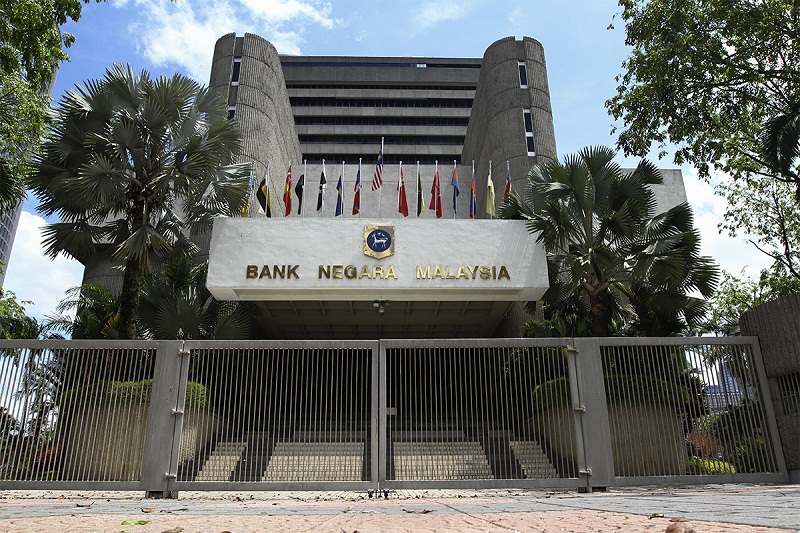KUALA LUMPUR, Oct 14 ― Banks' liquidity position remained healthy in the first half (H1) of 2020 despite the deferment of close to 90 per cent of retail loan repayments under the automatic loan deferment moratorium, supported by the strong initial buffers of banks as well as higher deposit growth from precautionary cash holdings among individual depositors.
Bank Negara Malaysia (BNM) reported that as the reduction in the Statutory Reserve Requirement (SRR) by 100 basis points (bps) in March and the additional SRR flexibilities which released more liquidity into the banking system, banks consequently had less need for interbank funding and had not resorted to the flexibility granted for banks to operate below the minimum Liquidity Coverage Ratio (LCR) of 100 per cent.
In its Financial Stability Review ― First Half 2020 released today, BNM revealed that throughout H1 2020, the banking system LCR remained around 140 per cent or higher against 149.1 per cent in December 2019.
“Funding conditions in the banking system also remained stable with the loan-to-fund ratio at 82.0 per cent versus 83.2 per cent in December 2019. All banks were well-positioned to meet the minimum Net Stable Funding Ratio requirement of 80 per cent, which came into effect in July 2020,” the central bank said.
The report also indicated that all banks remained well-capitalised throughout H1 2020, with aggregate capital buffers amounting to RM121.6 billion as at June 2020, in anticipation of the more challenging economic outlook.
“Banks are shoring up their buffers, either through new capital issuances or dividend reinvestment plans. Most banks have also reduced or deferred dividend payouts to shareholders,” it said.
On banks' external debt exposures, BNM said the exposure continues to be manageable given their low dependence on external funding which has remained broadly stable below 10 per cent of total funding over the years.
“Most of the increase in banks’ external debt of RM22.9 billion in H1 2020 was attributable to increased intragroup borrowings by foreign banks in the Labuan International Business and Financial Centre. More than 60 per cent of banks’ external exposures continue to be in the form of intragroup placements and long-term debt securities, which are less susceptible to sudden withdrawal or rollover risk,” it added.
The report also pointed out that banks reported a marked decline in earnings from domestic banking activities during the period under review, weighed down by further margin compression and higher provisions for credit losses.
Annualised credit costs as a share of total outstanding loans rose significantly from the low levels over the past decade to 56 basis points (bps) from an average of 20 bps basis for 2010 to 2019, a level last seen during the 2008 Global Financial Crisis.
However, trading and investment income have provided some support to profits as banks recorded gains from the sale of debt securities and fair value changes amid declining yields. By end-June 2020, however, banks had increased their holdings of government bonds to nearly half of the treasury portfolio (June 2020: 49 per cent; December 2019: 42 per cent; 2017-2019 average: 43 per cent). ― Bernama






















